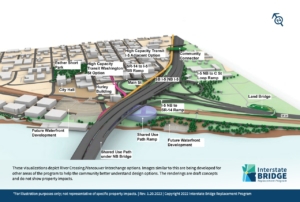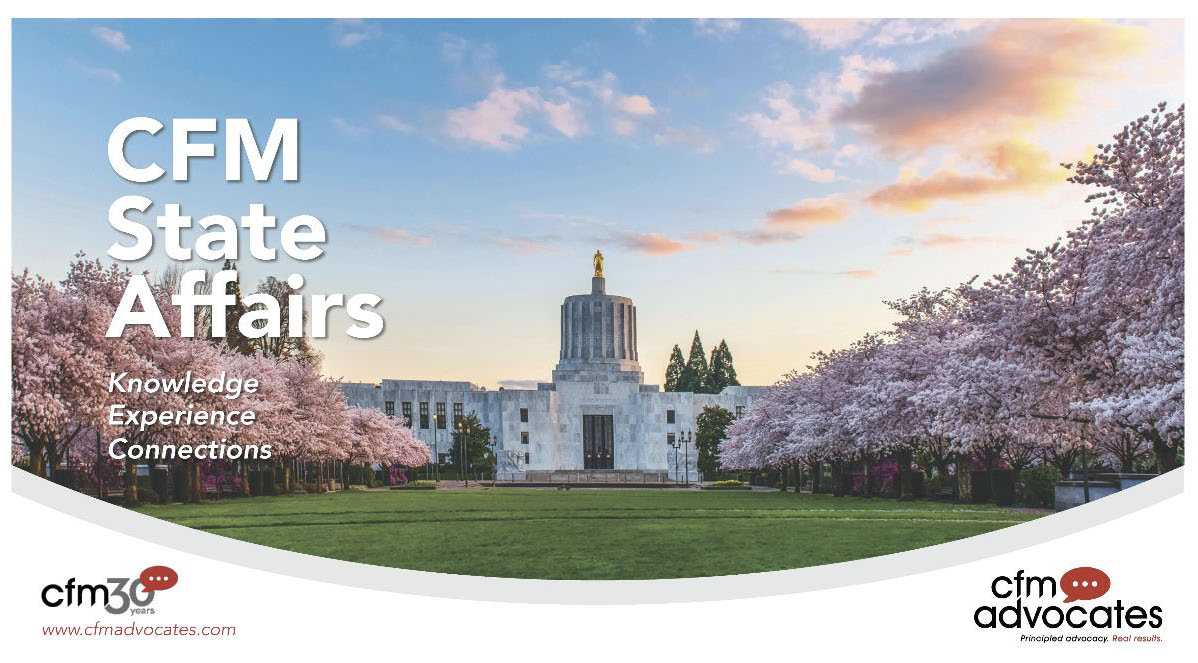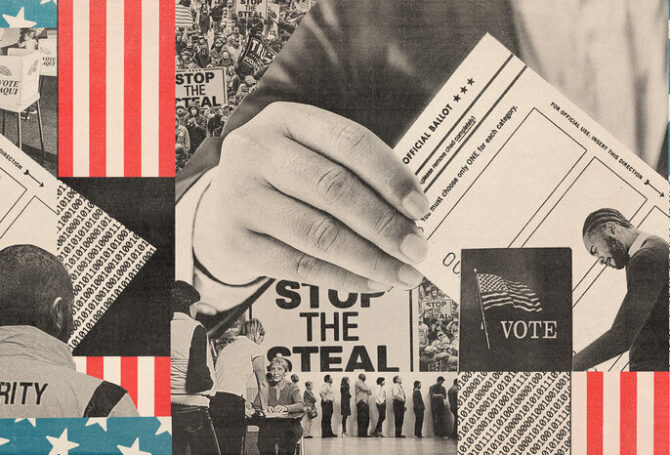
Issues Remain Over Bridge Height, Lanes and Tolling
Officials in Oregon and Washington have agreed to replace the I-5 Columbia River Bridge. Now they need to decide on how tall it will be, what it will look like and how to pay for it.
The agreement by a bistate committee was necessary to trigger an environmental review that will begin later this year. The study reflects necessary progress to position the project for competitive federal transportation grants. The aging bridge is considered one of the worst bottlenecks on I-5 and the 18th worst freeway bottleneck in the nation.
Moving forward on bridge replacement resurrects the ghost of the ill-fated Columbia River Crossing that was terminated in 2014 after nine years of planning. The death came after Washington officials opposed including light rail on the new bridge. The new agreement seems to bury that old disagreement.
Many of the challenges facing the earlier iteration of the bridge remain, including the height of the replacement bridge. The agreement calls for a 116-foot-tall bridge. The Coast Guard says the bridge needs at least 178 feet of clearance for contemporary vessels to pass under. A coalition of advocacy groups, who say a taller bridge would pose difficulty for cyclists and pedestrians to cross, urges a lower bridge with a lift span, which would avoid costly highway improvements on both sides of the river and free money for other projects. The current bridge lift causes many traffic tie-ups and frustrates truckers and commuters.

This illustration shows how the new bridge would enter Washington and affect exits.
Economist Joe Cortright, a leading opponent of the Columbia River Crossing project, said planners are repeating the same mistakes, providing too few lanes for a 164-foot-wide structure that he says could fit 10 to 12 traffic lanes. Environmental advocates believe the bridge is too big and will invite increased traffic, thwarting climate change goals. Truckers and motorist groups want a bigger bridge with more lanes to ease congestion.
Oregon Rep. Khanh Pham, D- Portland, encouraged looking at multiple bridge options. Washington Rep. Brandon Vick, R-Felida, expressed concern the planning process would leave little opportunity for further legislative input.
Greg Johnson, program director for the bridge replacement project, said the planning team ruled out multiple bridge options and phased construction, which could escalate the ultimate cost. He also said an underground tunnel had been nixed because it wouldn’t logistically allow a connection to downtown Vancouver, plus tribal governments objected to cutting a huge swath at the bottom of the Columbia River because it could adversely affect fish runs.
Many of the challenges facing the earlier iteration of the bridge remain, including the height of the replacement bridge.
Paying for bridge construction is another sore point. The approved plan calls for $1 billion from Washington, which that state’s legislature has already earmarked, and $1 billion from Oregon, which has informally been assured. The region will seek $2.5 billion in federal funding. That covers two-thirds of the projected price. The rest would come from tolls, which is as politically explosive today as light rail was nearly a decade ago.
Newly re-elected Metro President Lynn Peterson says the agreement isn’t perfect “because everyone’s idea is a different perfect”. The elected officials who approved the plan believe it achieves a balance of smoothing a freeway chokepoint, ensuring the seismic survival of a critical bridge and doing the minimal amount of harm to the environment. Time will tell whether that’s enough to earn broad community support reflected by a willingness to pay tolls to build it.




